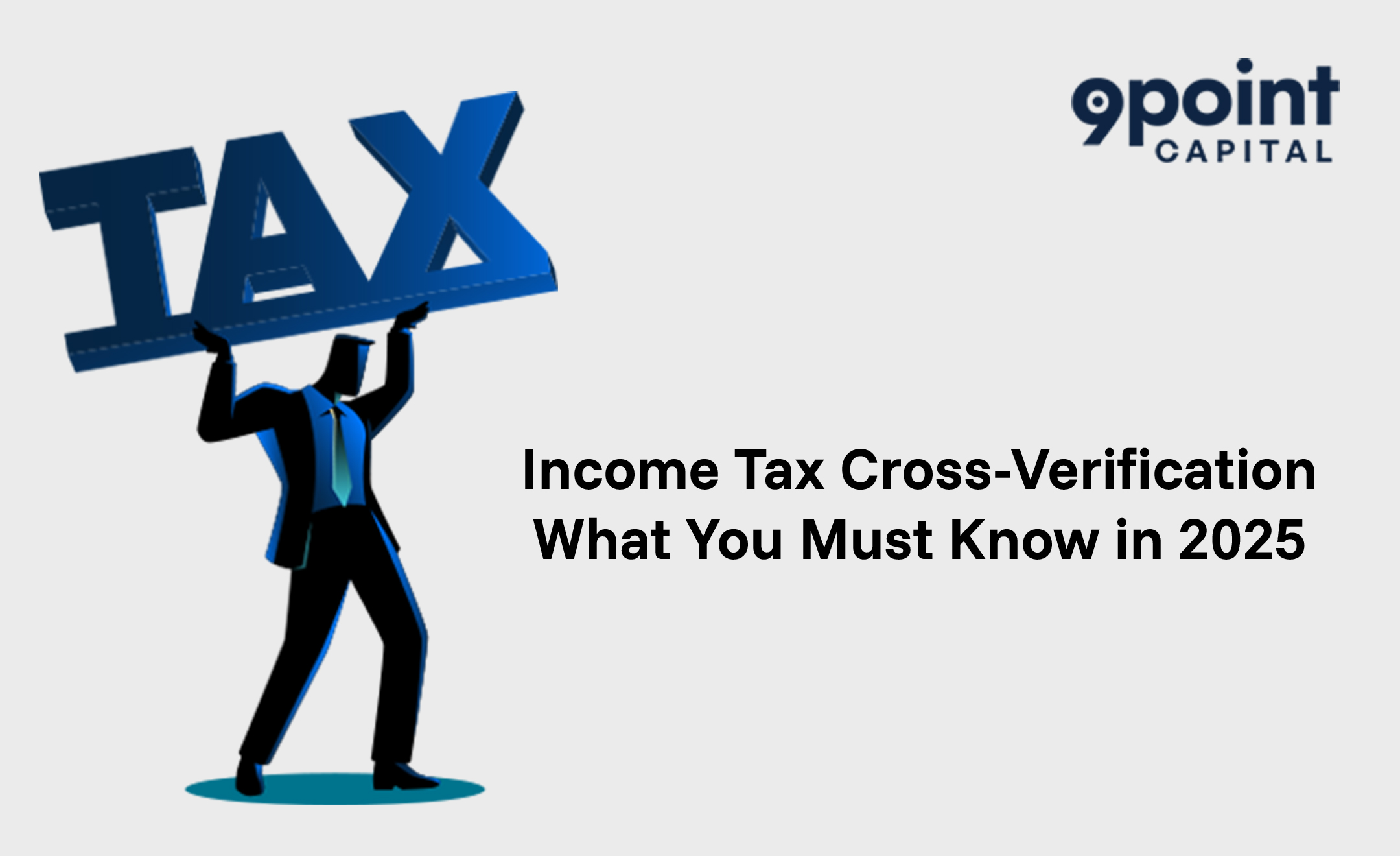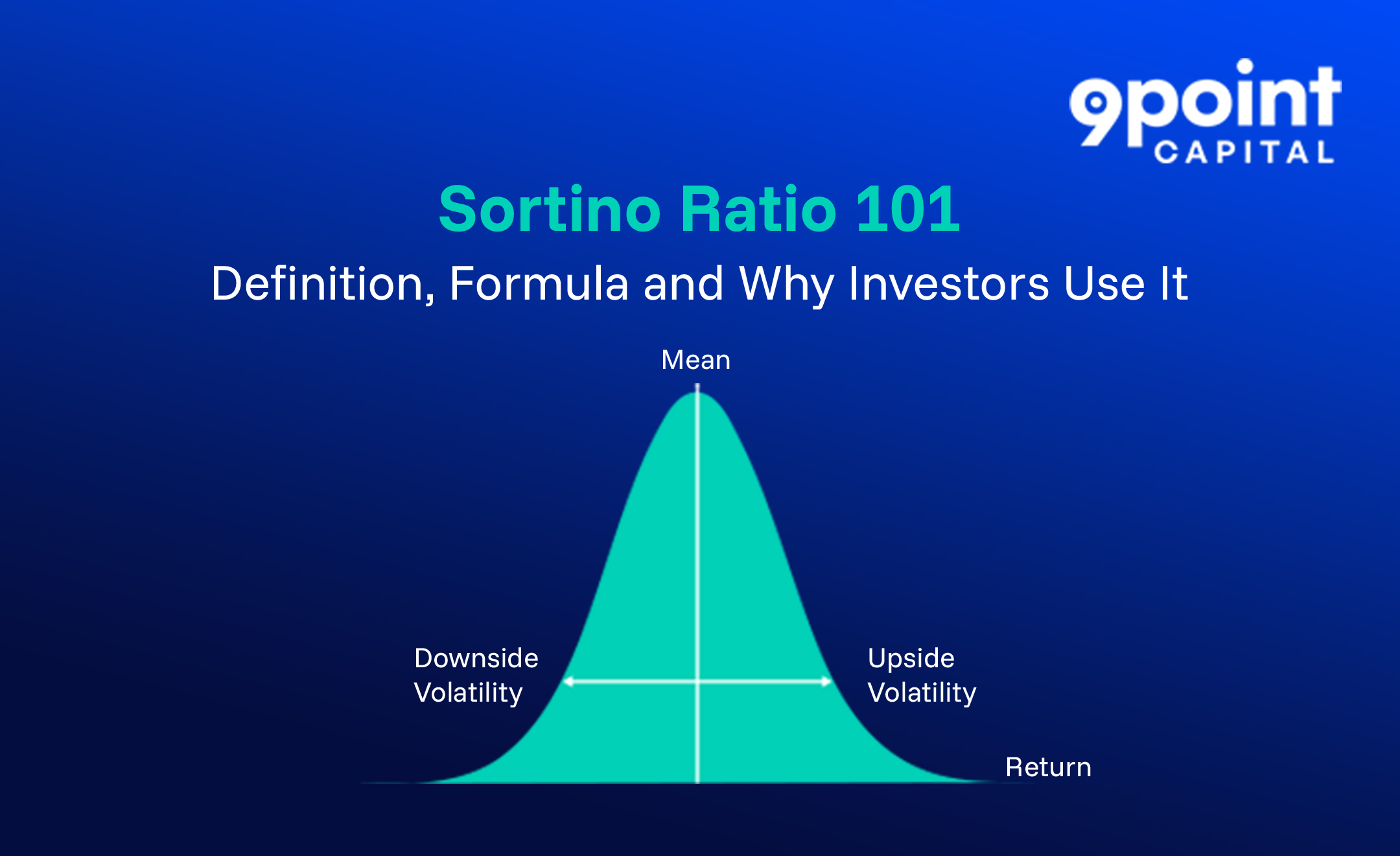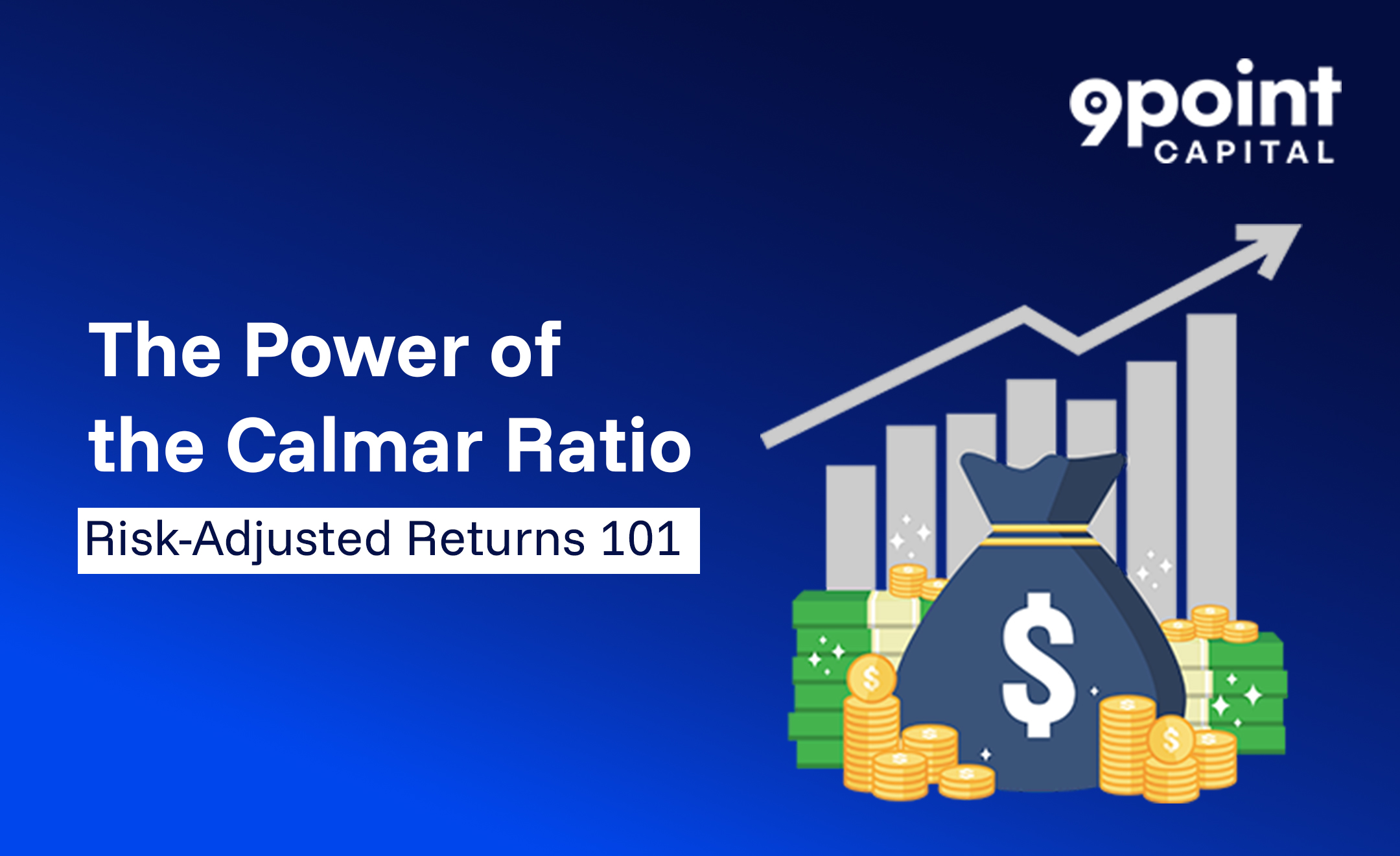In this blog, we break down the types of Goods and Services Tax (GST), explain their applicability and explore the GST rates in India, ensuring you’re well-informed about one of the cornerstones of Indian taxation.
What is Goods and Services Tax (GST)?
The Goods and Services Tax (GST) is an indirect tax that is charged on the supply of goods and services depending on their destination. It aims to eliminate the escalating impact of taxes and establish a uniform national market.
In India, the Central and State Governments impose GST on the same transaction, but it is divided into separate elements. This is known as the dual model. This guarantees a fair split of revenue between the Centre and the States and the preservation of transparency.
Types of GST in India
Here are the types of GST in India you should know:
1. Central Goods and Services Tax (CGST)
Central Goods and Services Tax (CGST) is imposed by the Central Government on intra-state transactions when goods and services are sold within the same state. For example, if a manufacturer in Maharashtra sells goods to a retailer in Maharashtra, CGST is applicable.
The revenue from CGST goes directly to the central exchequer.
2. State Goods and Services Tax (SGST)
State Goods and Services Tax (SGST) is imposed by the State Government on the same intra-state supply of goods and services. Using the above example, SGST will also be levied alongside CGST.
The SGST collected is credited to the respective state government where the transaction occurs.
3. Integrated Goods and Services Tax (IGST)
Integrated Goods and Services Tax (IGST) is charged on inter-state transactions when goods or services move from one state to another or are imported into India.
For instance, if a trader in Delhi sells goods to a buyer in Karnataka, IGST is applicable. It is collected by the Central Government, which later apportions it between the Centre and the destination state.
4. Union Territory Goods and Services Tax (UTGST)
Union Territory Goods and Services Tax (UTGST) is applicable when transactions occur within Union Territories (without a legislature), such as Chandigarh or Lakshadweep.
It works alongside CGST in the same manner as SGST applies with CGST in states.
GST Rates in India and GST Slabs
The GST rates in India are structured into multiple GST slabs to cater to various categories of goods and services:
| GST Slab | Description |
| 0% | Essential items like fresh vegetables, milk |
| 3% | Gold |
| 5% | Common use items like packaged food |
| 12% | Processed food, computers |
| 18% | Most services, home appliances |
| 28% | Luxury items and sin goods |
These slabs aim to ensure that the taxation burden is equitably distributed based on the necessity and luxury value of goods and services.
How GST is Calculated: An Example
Let’s say you purchase a refrigerator in Mumbai for ₹30,000.
Since this is an intra-state transaction:
- CGST @ 9% = ₹2,700
- SGST @ 9% = ₹2,700
- Total GST = ₹5,400
- Final Price = ₹35,400
If the same item is bought from Delhi and delivered to Mumbai, IGST @ 18% = ₹5,400 would be charged instead of CGST + SGST.
Read more: Understanding Tax Implications for Indian Investors
Key Benefits of GST in India
The main advantages of GST in India are:
- No Double Taxation: GST removes the cascading effect of multiple taxes, reducing the overall tax burden.
- Transparent & Simple: A fair structure makes taxation easier to understand and more predictable.
- Business-Friendly: Smooth input credit and standardised rules simplify operations across states.
- Formal Economy Growth: Encourages businesses to register and comply, reducing the informal sector.
- Higher Tax Collection: A broader tax base improves compliance and government revenue.
Final Thoughts
Every business owner, entrepreneur and consumer should know how Goods and Services Tax (GST) functions. India has progressed toward a more transparent, unified and efficient tax system with CGST, SGST, IGST and UTGST constituting the foundation of this system.
GST has set the groundwork for a more structured and growth-oriented economy by removing tax-on-tax, allowing seamless credit flow and harmonising India with world tax standards. Understanding how GST works helps you to remain compliant, maximise expenses and make more intelligent financial choices, whether you run a small business or oversee major operations.






















